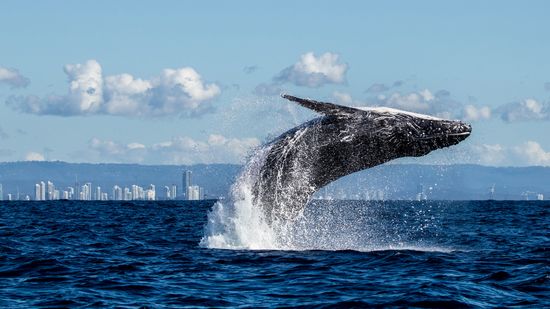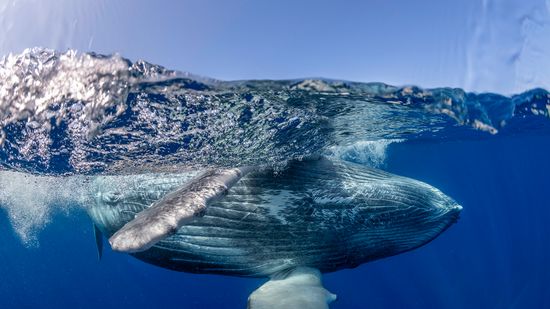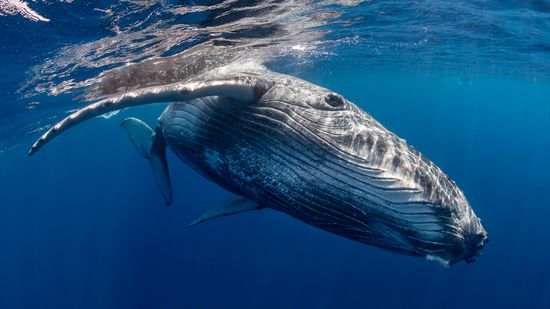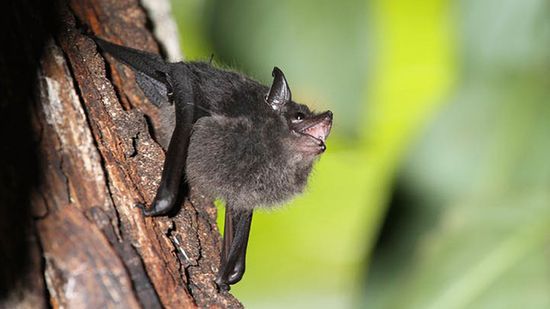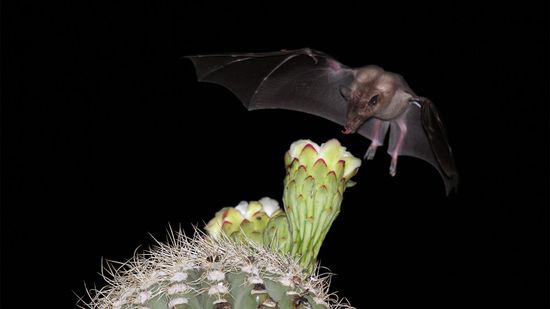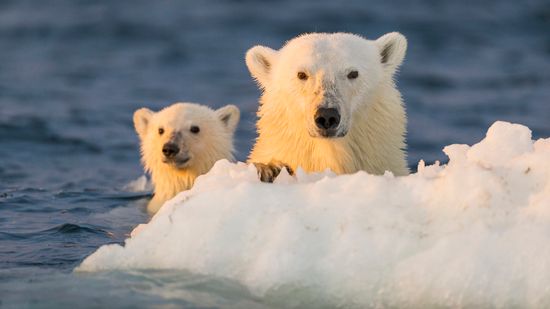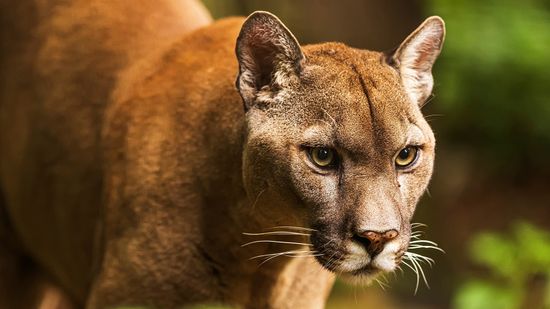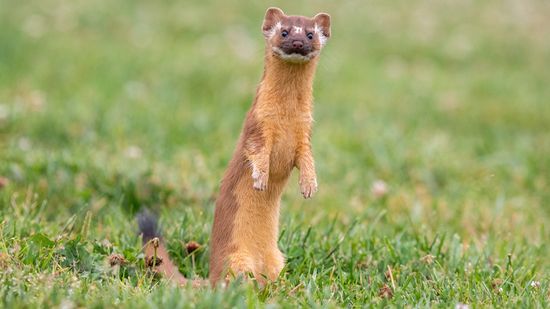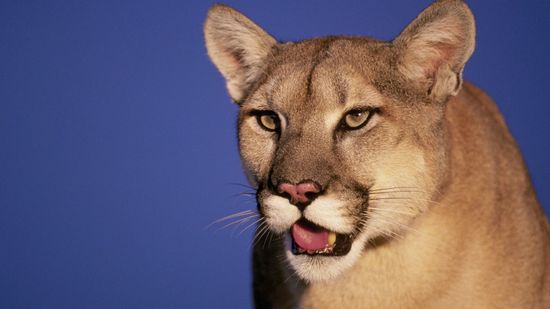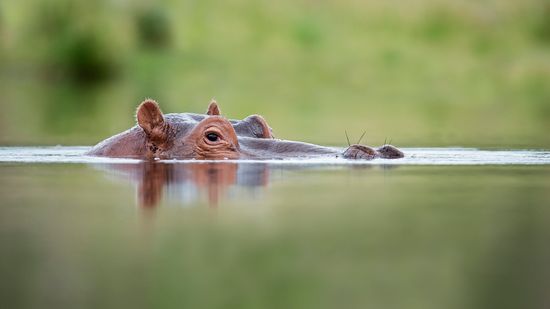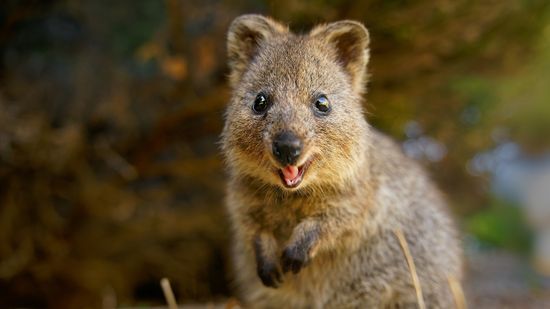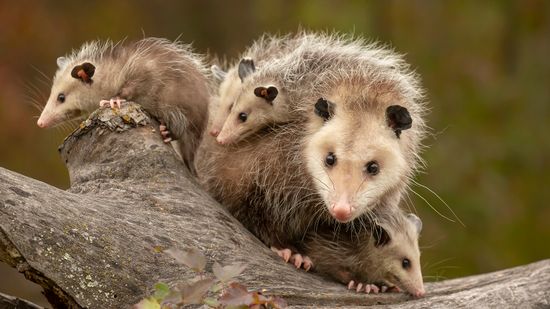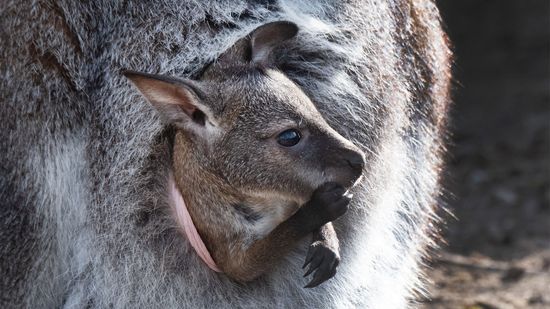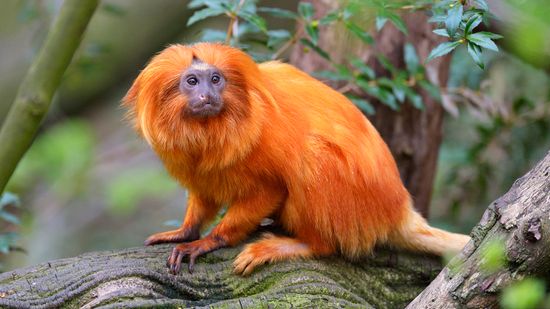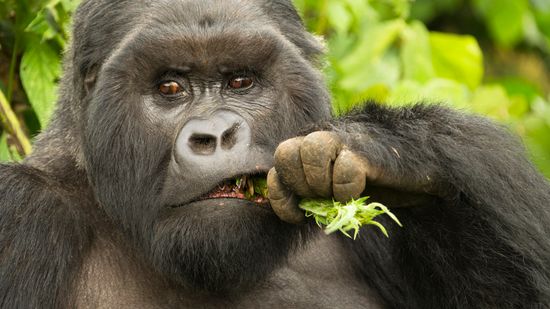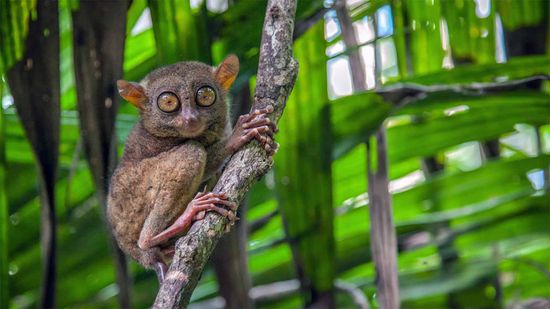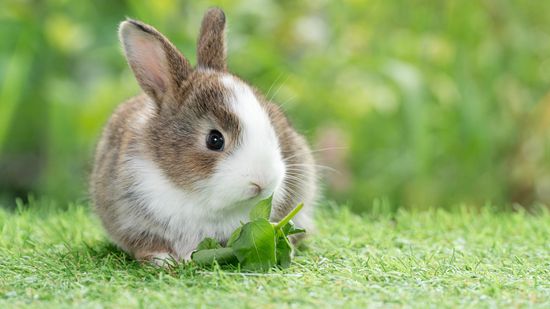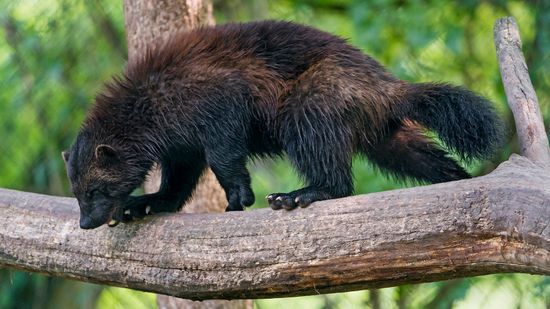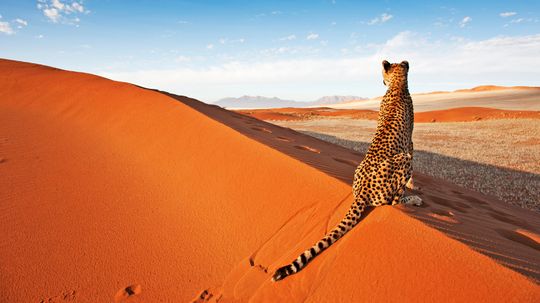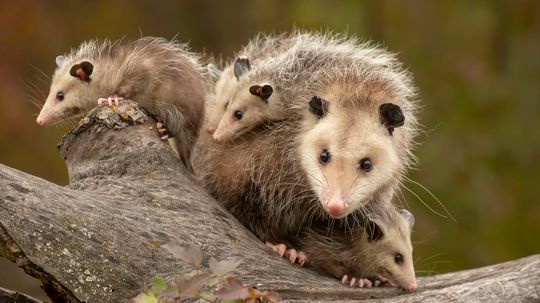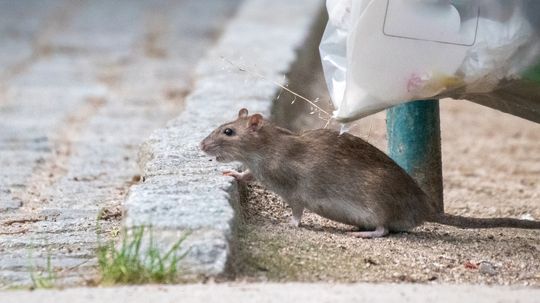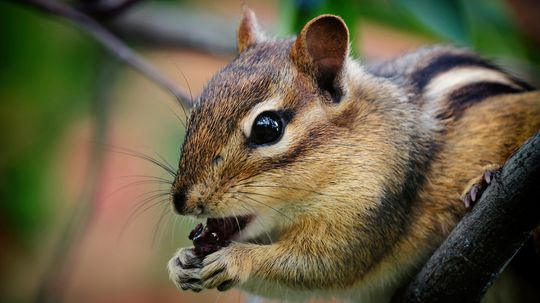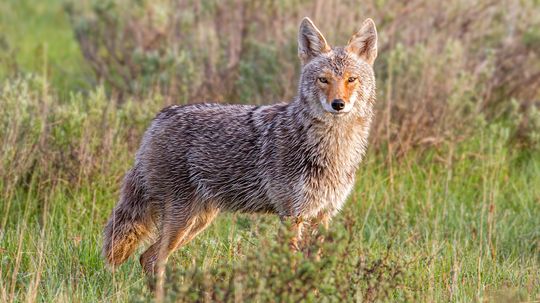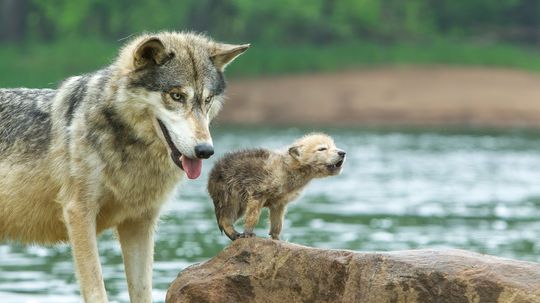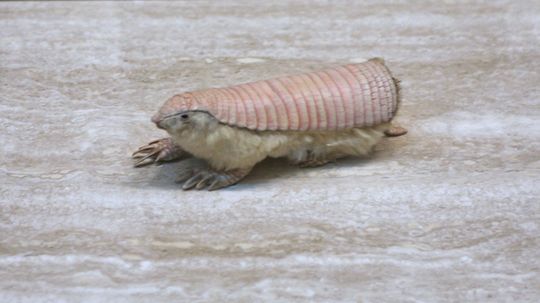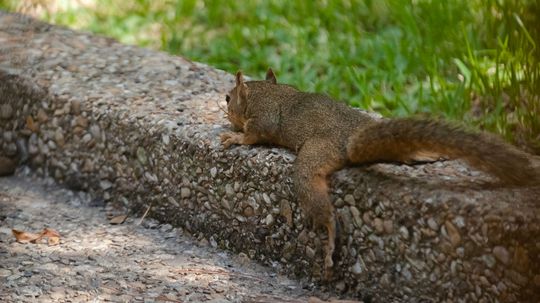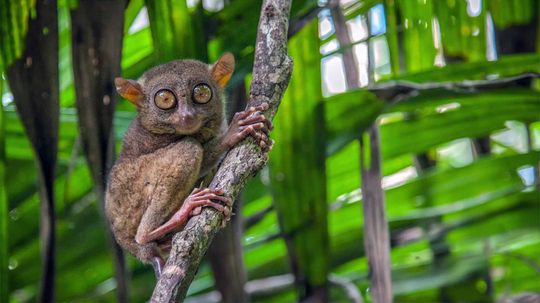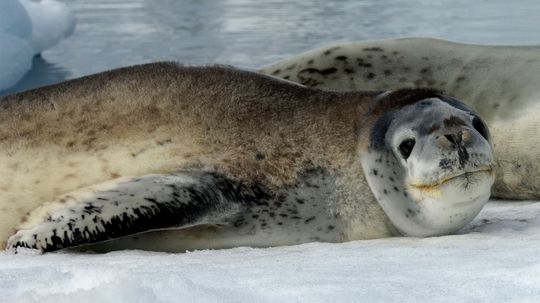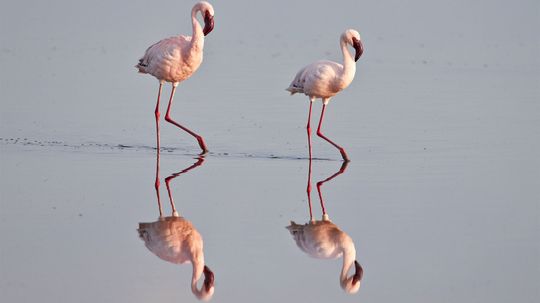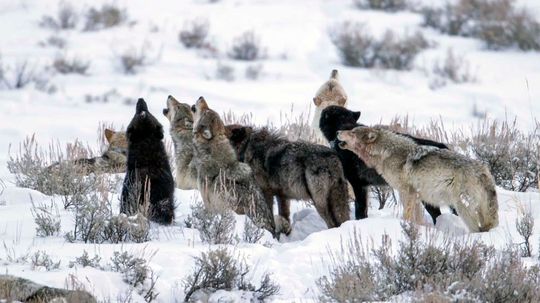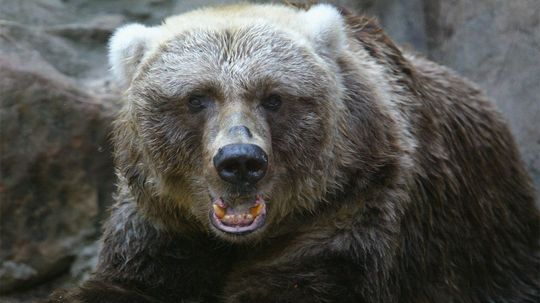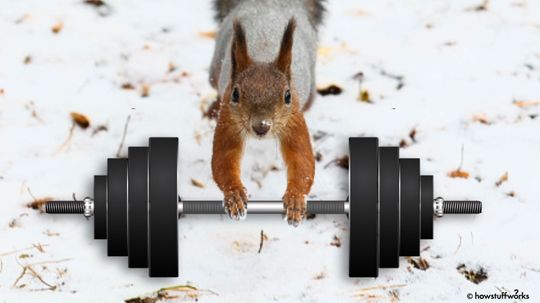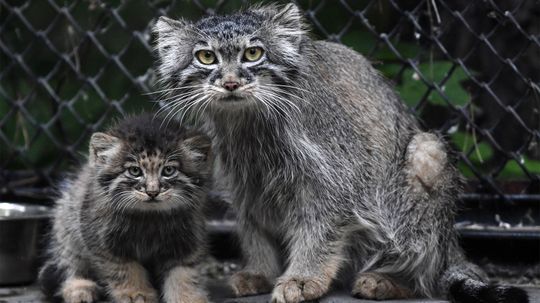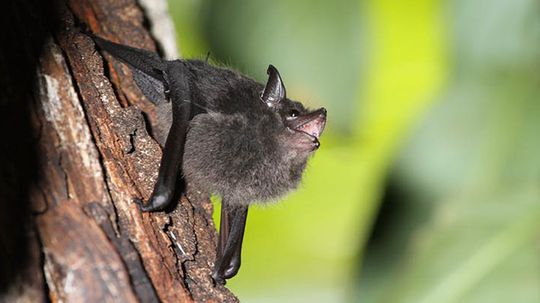Mammals
Scientifically-speaking there are 11 mammal groups, and most Mammals are warm-blooded, have body hair, give live birth and nurse their young with milk from mammary glands. Check out these articles about all kinds of mammals.
Learn More / Page 4
People often use the terms "bison" and "buffalo" interchangeably when referring to large, wooly animals in the Bovidae family. If you drive by one of the two in a national park you may even be inclined to say, "Buffalo, bison - they're basically the same, right?"
By Sascha Bos
Think you can handle cheetah vs. leopard identification? Despite the similar coats, these big cats are built for very different habitats and hunting priorities.
If you're trying to keep opossums out of your trash, you may be asking yourself, "What do possums eat?" Unfortunately, the answer is just about everything.
By Yara Simón
Advertisement
Determining whether you're dealing with a rat vs. mouse infestation is the first step in solving the problem.
By Yara Simón
If the differences between a lamb vs. a sheep has kept you awake at night, the answer to your musings is simple: A lamb is just a baby sheep.
By Sascha Bos
Bunny vs. rabbit vs. hare: Do you know how to tell these animals apart? Do you know which ones are the same? We give the full rundown.
By Marie Look
Pinning down chipmunk vs. squirrel identification is trickier than you might expect. The differences between the species largely come down to size and habitat.
By Sascha Bos
Advertisement
Learn how to identify coyote vs. wolf tracks, where you can expect to find the species and how their behaviors differ.
By Marie Look
The world's largest wolves weigh up to 175 pounds (79.4 kilograms) and measure up to 6 feet (1.8 meters) in length.
The pink fairy armadillo looks like something out of a children's book and is so rare that very few people have ever seen one.
By Carrie Tatro
There are tons of squirrel species around the world. Do they all have the same life span?
Advertisement
You don't want an animal living in your house that's smarter than a raccoon and never rests.
Don't freak out with worry if you see a splooting squirrel - he's just cooling off in the best way he knows how.
Though it's true that joeys poop in their mother's pouch, also known as the marsupium, it's still a pretty cozy place to spend the first few months of life.
Never heard of the tarsier? Well it's one of the smallest primates in the world but has some of the biggest bug eyes you've ever seen.
Advertisement
Leopard seals are the second largest species of seal in the Antarctic after the southern elephant seal. They're fast, powerful and eat basically anything that moves. Their only natural predator? The killer whale.
An orangutan who could unscrew bolts to bust out? A gorilla who climbed the vines out of her enclosure to just roam the zoo? These are wild animals, and these are their wild escape stories.
Pine martens are elusive and love to stay hidden in deep forests, but with strong claws, they are great climbers and hunters.
By Katie Carman
Marmosets are some of the smallest monkeys in the world and are found primarily in the forested areas of central Brazil. And the males support their mates in a very unique way.
Advertisement
A federal judge reversed a Trump administration ruling that removed the gray wolf from the Endangered Species Act. Here's why.
By Logan Smith
Kodiak bears are some of the largest bears in the world and live only in the islands of the Kodiak Archipelago in Alaska.
Hibernating mammals like ground squirrels can build some muscle mass during their big sleep, with the help of gut bacteria.
Pallas's cats appear cantankerous, in part due to their flat faces and large, owl-like eyes with round pupils.
By Katie Carman
Advertisement
The boxing kangaroo as a symbol of the Australian fighting spirit dates back to the 1890s, but what's the truth? Do kangaroos actually box?
Scientists have found striking parallels between the babbling produced by greater sac-winged bat pups and the babbling baby sounds of human infants.
